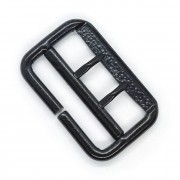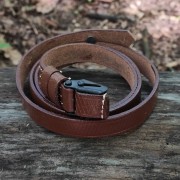Description
The tongue is made of vegetable-tanned leather, thickness of about 1.5 mm. It is cut on a press from a cow leather, after which it is cut in thickness to form a smooth wrong side. Tinted in the correct color of German leather equipment (reddish-beige) and covered with varnish.
You can view all the manufacturer's stamps by following this link.
We offer different stamps on tabs. The options that are in stock can be selected next to the Add to cart button and put in the basket. If some option is not there, then it is not currently available. Perhaps it will appear later.
• Standard round stamp for 1939, city of Lüdenscheid. Suitable for all types of buckles, but especially for the Wehrmacht.
• Standard round stamp for 1939, city of Lüdenscheid + stamp with the letters L.B.A. Specially designed for Luftwaffe buckles.
• Standard round stamp for 1940, city of Königsberg + brand with the Kriegsmarine eagle and the letter "M". Specially designed for Kriegsmarine buckles.
• Stamp SS/RZM 207/40 (exactly as on our SS belt). Especially for SS buckles. SS buckles did not always have such tabs, they could also have ordinary tabs with the manufacturer's stamp, as any other buckles.
Leather tabs are already with punched holes for sewing and with a thread included. Price for 1 tab (for 1 buckle).
How to sew the tab?
The tab should be wet before installation! If you bend it when dry, it will likely crack. This is a feature of the leather, it is soft when wet, and remembers the shape when gets dry. The tab is set so that if you look at the front side of the buckle, you can see the stamp on the strap (on its short end). Accordingly, the long end is on the back side of the buckle.
You can sew the strap yourself, using 2 thick needles or 1 sewing hook.
There is a strap with the 1940 Königsberg stamp that is sold at a reduced price.
Its only drawback is that on one side the tip is cut off by 5 mm (they cut out the adjacent strap and touched it). The defect is almost invisible (see photo).
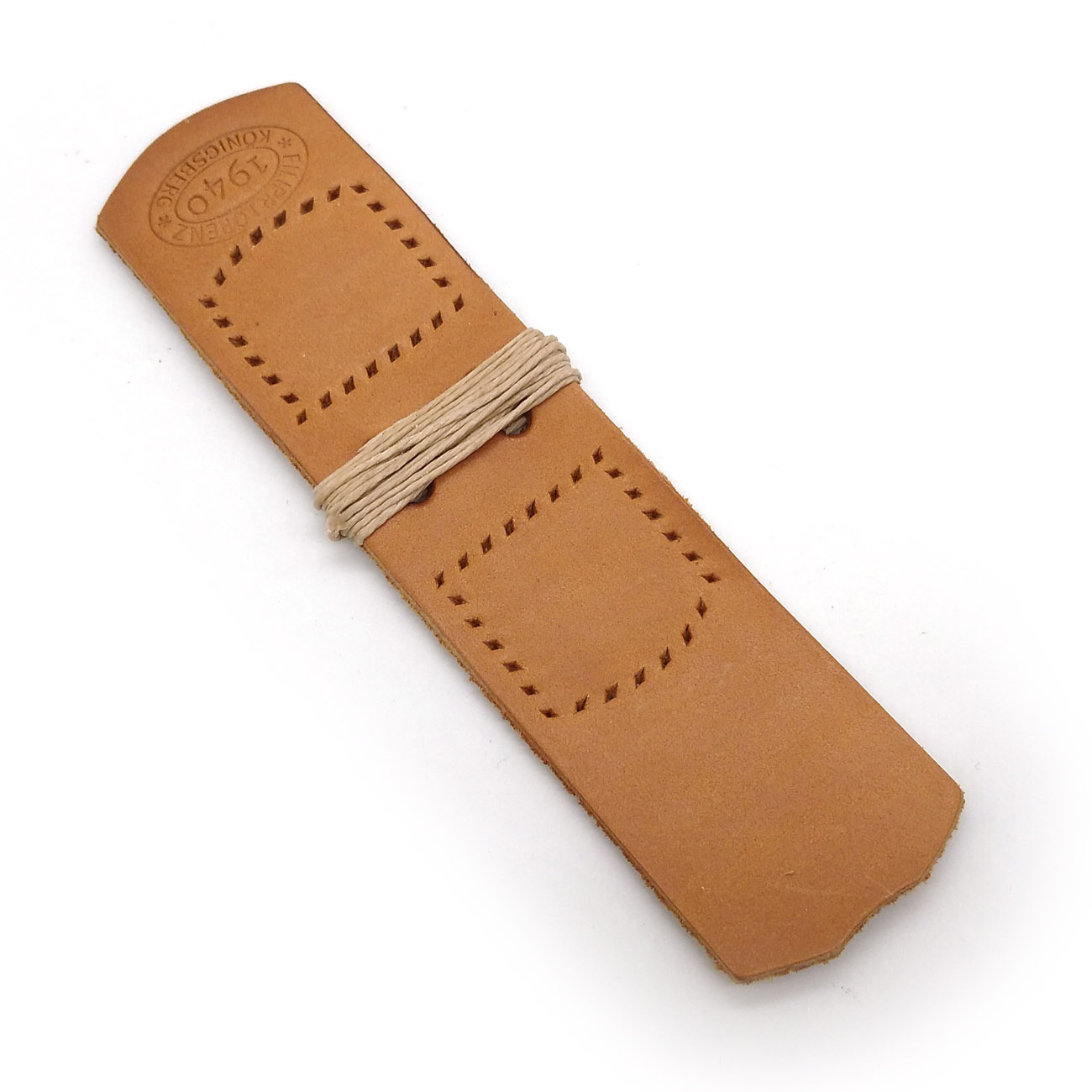










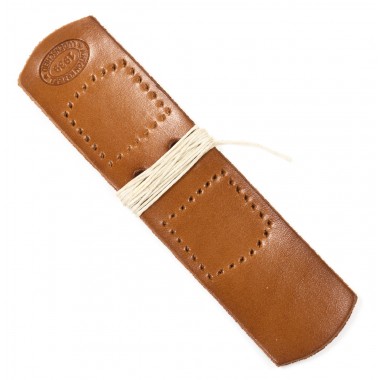




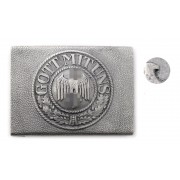
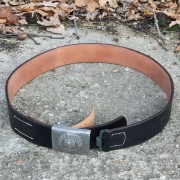
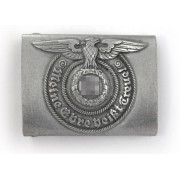
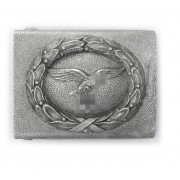
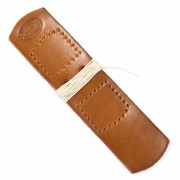
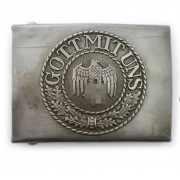
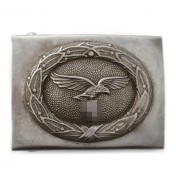
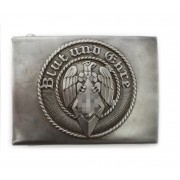
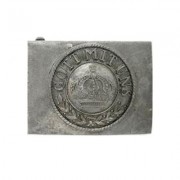
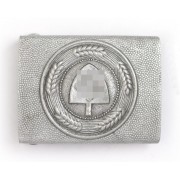
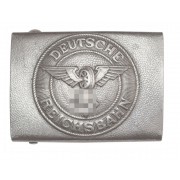
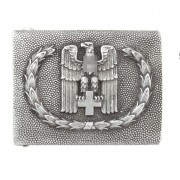
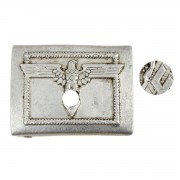
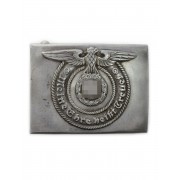
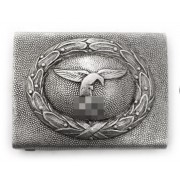
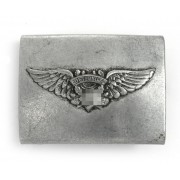
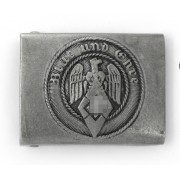
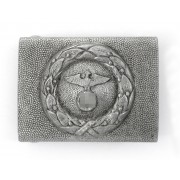
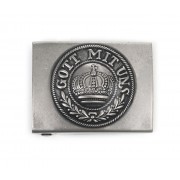
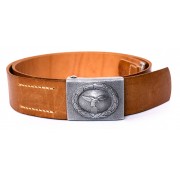
![[on order] Belt RIA black with an eagle [on order] Belt RIA black with an eagle](https://reenact.store/image/cache/3173be19cc3ab46f2f3ac11afe68815b.jpg)
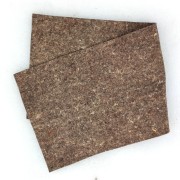
![[on order] Commander's belt set M32 [on order] Commander's belt set M32](https://reenact.store/image/cache/5b08720a7bf7f97380cb4a7affc058d6.jpg)
